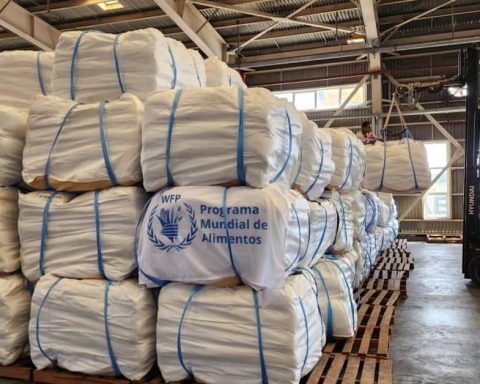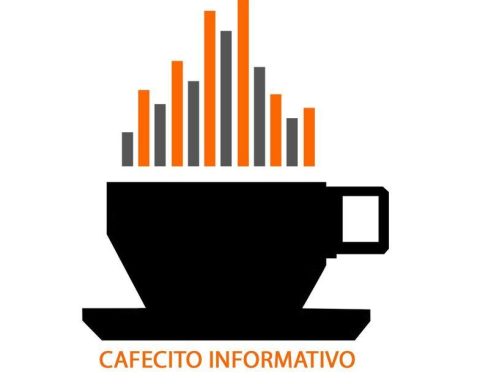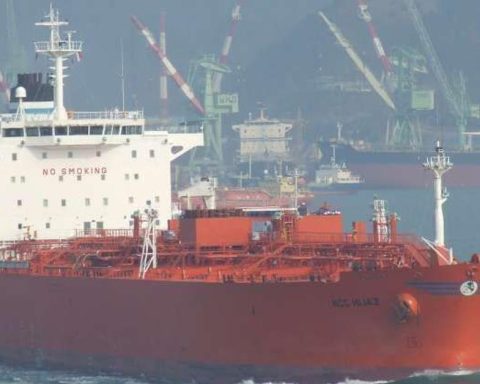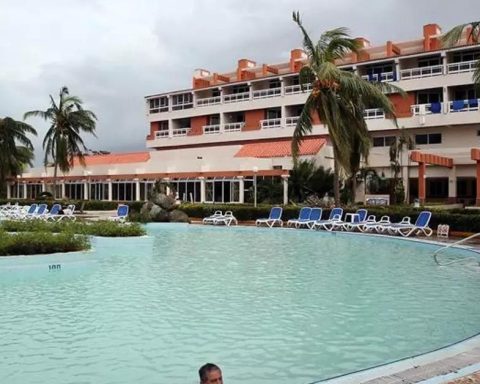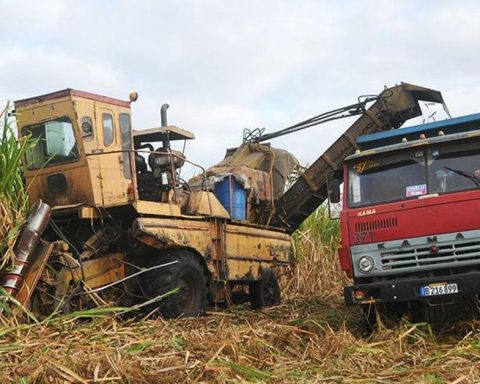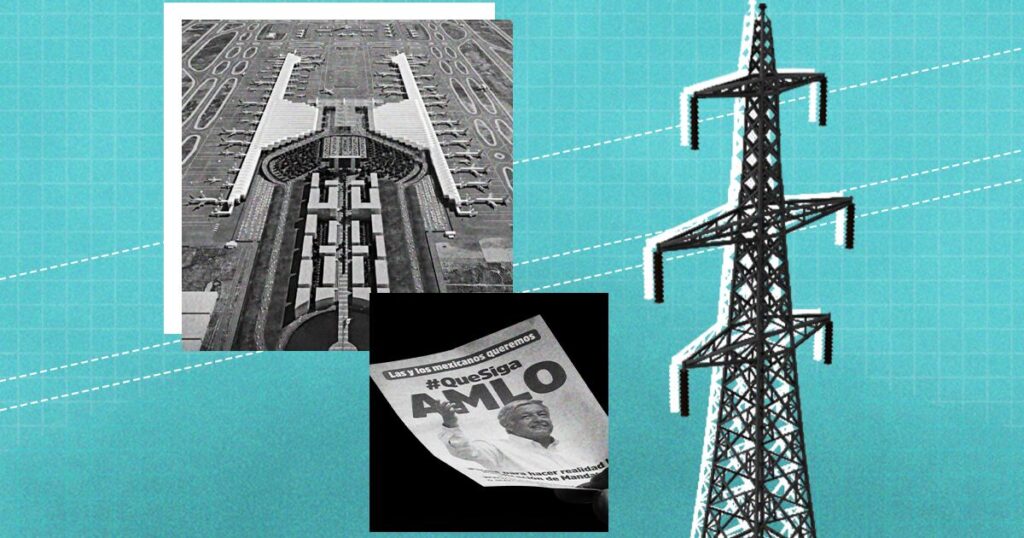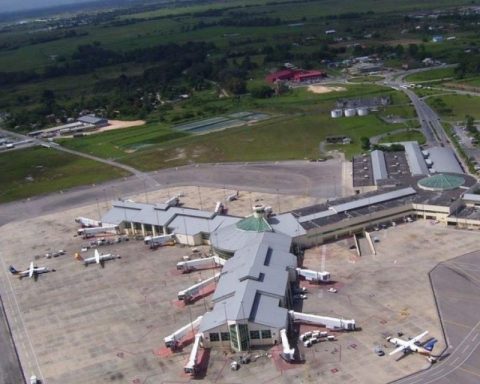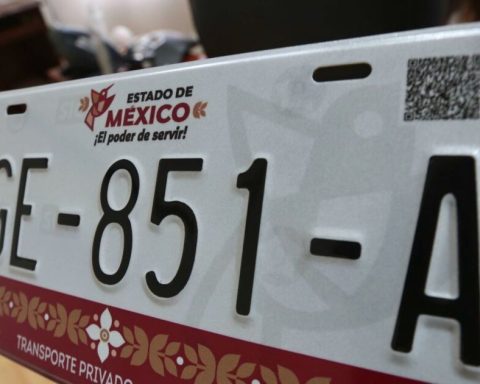In 2022, the government will have to seek around $ 7.5 billion of new debt. Funding sources will be limited and expensive.
Despite the first boost of confidence attached to the coming to power of Guillermo Lasso, international markets and investment banks continue to see Ecuador as one of the worst payers from debt in Latin America.
Structural changes are not yet seen on important issues such as the reduction of the public spending inefficient; And this 2021, despite the efforts to catch up, the arrears with providers, IESS, and other state entities could close at a value close to $ 2.5 billion.
In other words, the country continues to be seen as an economy with deep problems of lack of resources and management in the State. Therefore, the credit rating it is the fourth lowest in Latin America.
Only Venezuela, Cuba and Argentina are considered worse payers than Ecuador.
This context further complicates the challenge of government de Lasso with respect to seeking about $ 7.5 billion of new debt to close the accounts in 2022.
The lifeline of the multilaterals runs out
Fausto Ortiz, former minister of economy, explained that next year there will be a fiscal deficit (more expenses than income) of $ 2,500 million and around $ 5,000 million will have to be paid in amortizations of previous debts.
From there comes the $ 7.5 billion of new indebtedness that is needed by 2022. However, the funding sources those the country can turn to are limited and expensive.
“What saved us in the last two years was the contribution of the multilateral organizations, especially the International Monetary Fund (IMF). Most of the money we need next year will no longer be able to come from those organizations, ”he said.
In this regard, Ortiz pointed out that, “it’s a bad time. I think the country is not yet ready to go to international markets. The country risk, if you look at it at the moment, is above 800 points, which means that if bonds are issued they will charge us at least 10% interest rate ”.
Tax reform only buys the government time
Rodolfo Méndez, economist and international consultant, commented that the income additional related to tax reform will only give you a temporary relief to the Lasso government.
Thus, the $ 1,300 million that will be collected between 2022 and 2023, for the concept of special taxes on wealth, allow you to reduce a percentage point in the Tax on Foreign Currency Exit (ISD); and work with a little more calm in the reduction in the size of the state.
“The largest component of the agreement with the IMF was an adjustment of around $ 3.5 billion in public spending. This adjustment rose to $ 4,000 million due to the decision to freeze the price of fuels, “he said.
So far, a roadmap to fulfill this commitment has not been made transparent. This generates distrust and keeps the credit rating of Ecuador.
“The cuts in the Moreno government were not technical. Expenses were reduced without efficiency criteria and assessment of the impact on the quality of services. That cannot be repeated, ”said Méndez. (JS)
The debt bulletin has not been published since August 2021
The Minister of Economy, Simón Cueva, announced, shortly after taking office in May 2021, that the methodology for registering the Ecuadorian public debt would be changed. To that end, it was ensured that the state debt bulletin would stop being published for the time being.
However, two days before the end of 2021, the publication has not been resumed; and there is no date for it to materialize.
According to the Ministry of Economy, technical problems have hindered the process, but it is not explained which ones. In theory, last December 16 had been established as the deadline to have official data on public debt again.
Through the budget execution review, however, the net increase in indebtedness during 2021 (income and previous debt payments) can be calculated to be around $ 2.8 billion.
Credit risk classification in Latin America
Low credit risk
Chile (A1)
Moderate credit risk
Mexico (Baa1)
Peru (Baa1)
Colombia (Baa2)
Panama (Baa2)
Uruguay (Baa2)
Questionable credit risk
Paraguay (Ba1)
Guatemala (Ba1)
Brazil (Ba2)
Dom. Rep. (Ba3)
Honduras (B1)
Costa Rica (B2)
High credit risk (known as speculative grade or “junk bond”)
Bolivia (B2)
Nicaragua (B3)
El Salvador (Caa1)
Ecuador (Caa3)
Argentina (Ca)
Cuba (Ca)
Venezuela (C)
Un préstamo con organismos multilaterales cuesta entre 2% y 5% de interés; mientras el financiamiento por bonos representa al menos 10% de interés.

